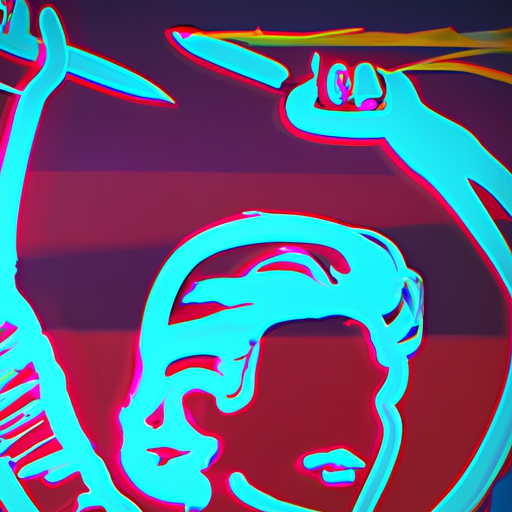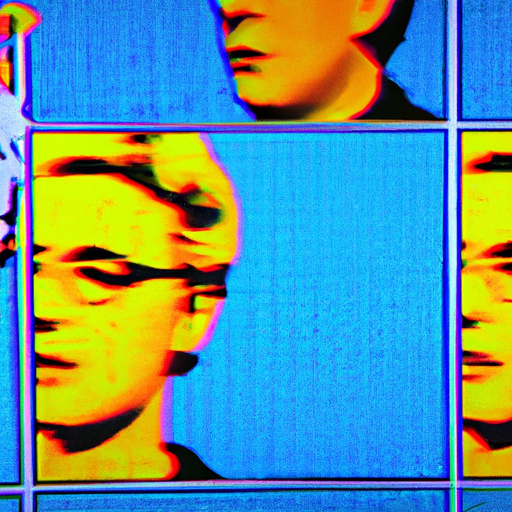
-
Table of Contents
Documentary Filmmaking and Graphic Design

Documentary filmmaking and graphic design are two creative fields that may seem unrelated at first glance. However, they share a common goal: to effectively communicate a message to an audience. In this article, we will explore the intersection of documentary filmmaking and graphic design, and how these two disciplines can work together to create compelling and impactful visual storytelling.
The Power of Visual Storytelling
Visual storytelling is a powerful tool that can engage and captivate audiences. Both documentary filmmaking and graphic design rely on visual elements to convey a narrative, evoke emotions, and communicate complex ideas. By combining the strengths of these two disciplines, filmmakers and designers can create a more immersive and impactful experience for viewers.
Creating a Visual Identity
One of the key aspects of graphic design is creating a visual identity for a brand or project. This involves designing logos, typography, color schemes, and other visual elements that represent the essence of the subject matter. In documentary filmmaking, a visual identity is equally important. It helps establish the tone, style, and overall look of the film, making it more memorable and recognizable.
For example, the documentary film “Helvetica” directed by Gary Hustwit explores the impact of the iconic typeface on visual culture. The film’s graphic design elements, such as the use of Helvetica in the title and promotional materials, reinforce the subject matter and create a cohesive visual identity.
Visualizing Data and Information
Both documentary filmmaking and graphic design often involve presenting complex data and information in a visually appealing and easily understandable way. Infographics, charts, and diagrams are commonly used in both disciplines to simplify complex concepts and make them more accessible to the audience.
For instance, the documentary film “An Inconvenient Truth” directed by Davis Guggenheim uses a combination of animated graphics and live-action footage to present scientific data on climate change. The visualizations help the audience grasp the magnitude of the issue and understand the implications of the data presented.
Enhancing Emotional Impact
Emotion plays a crucial role in both documentary filmmaking and graphic design. By using visual elements strategically, filmmakers and designers can evoke specific emotions in the audience, creating a more profound and memorable experience.
For example, the documentary film “The Cove” directed by Louie Psihoyos exposes the brutal reality of dolphin hunting in Japan. The film’s graphic design elements, such as the use of bold typography and striking imagery, enhance the emotional impact of the footage, leaving a lasting impression on the audience.
Collaboration and Cross-Pollination
Collaboration between documentary filmmakers and graphic designers can lead to innovative and unique visual storytelling techniques. By combining their expertise, these professionals can push the boundaries of traditional storytelling and create new ways to engage and captivate audiences.
One notable example of collaboration between documentary filmmaking and graphic design is the film “Exit Through the Gift Shop” directed by Banksy. The film blurs the line between reality and fiction, using a combination of documentary footage and graphic design elements to create a thought-provoking and visually stunning experience.
Case Study: “Jiro Dreams of Sushi”
A compelling case study that exemplifies the intersection of documentary filmmaking and graphic design is the film “Jiro Dreams of Sushi” directed by David Gelb. The film follows the life and work of Jiro Ono, an 85-year-old sushi master in Tokyo.
The graphic design elements in “Jiro Dreams of Sushi” play a crucial role in enhancing the storytelling. The film features beautifully shot close-ups of the sushi, accompanied by elegant typography and minimalist graphics. These visual elements not only showcase the artistry of Jiro’s work but also create a sense of reverence and respect for the craft.
Furthermore, the film’s poster and promotional materials use a clean and sophisticated design, reflecting the precision and attention to detail that Jiro puts into his sushi. The combination of stunning visuals and thoughtful graphic design elevates the overall viewing experience and leaves a lasting impression on the audience.
Conclusion
Documentary filmmaking and graphic design are two creative disciplines that can complement each other in powerful ways. By leveraging the strengths of both fields, filmmakers and designers can create visually compelling and emotionally impactful stories that resonate with audiences.
Whether it’s through creating a visual identity, visualizing data, enhancing emotional impact, or collaborating on innovative projects, the intersection of documentary filmmaking and graphic design opens up new possibilities for storytelling. By embracing this intersection, filmmakers and designers can push the boundaries of visual storytelling and create experiences that leave a lasting impression on viewers.
